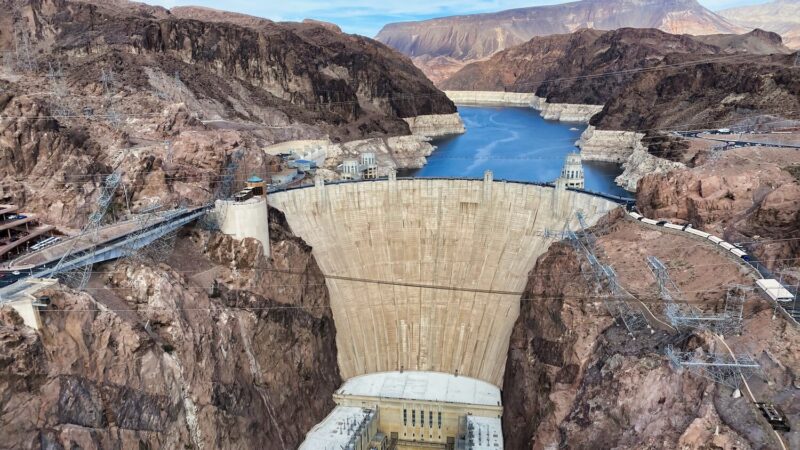
Making climate change predictions more precise
UCLA’s Alex Hall and others propose new framework for comparing climate models
Whether it’s worsening wildfires, storms or droughts, the effects of climate change increasingly disrupt the daily lives of communities around the world — making it even more important to predict what will happen in the future.
In a paper published today, UCLA professor Alex Hall and others call for a new approach to evaluating the computer models that simulate current and future climate. The future projections these models create can be immensely consequential, influencing public policy, international agreements and other large-scale efforts to confront and adapt to climate change. But the models often disagree on what the future will look like, such as precisely how much global temperature will increase in response to human emissions of heat-trapping gases like carbon dioxide.
“This all seems abstract but it’s hugely consequential,” Hall said. “It really matters if it’s 4.5 degrees Celsius warmer versus 1.5 degrees. That could be the difference between Antarctica melting and not melting.”
The new model evaluation framework incorporates what are known as emergent constraints — relationships between models’ simulations of the current climate and their projections of future climate.
One such relationship has to do with a factor featured prominently in Hall’s recent research on climate change in the Sierra Nevada. As snow melts from warming, darker surfaces beneath are exposed and absorb even more radiation and heat, forming a vicious circle that accelerates both warming and snowmelt. This phenomenon is known in climate science as snow-albedo feedback.
In 2006, Hall and his team innovated the concept of emergent constraints when they discovered a relationship between climate models’ portrayal of the snow-albedo feedback that occurs with seasonal snowmelt in the current climate and their portrayal of future snow-albedo feedback due to global warming. They then exploited that relationship to figure out which of the models’ future pictures of snow loss were more realistic. (In scientific parlance, this is known as “constraining” the model answers, hence the term “emergent constraints.”)
The field of modern climate change science is relatively young, dating to 1967, when the first detailed calculation of the “greenhouse effect” was made. Now, there are more than 30 global climate models from centers around the world. Before the early 2000s, it wasn’t possible to make apples-to-apples comparisons between these models to discern which were more realistic. Then, in an effort led by the United Nations’ International Panel on Climate Change, model projections were centralized and standardized.
“This revolutionized climate science,” Hall said. “By having this population of models all together, with their data all centralized in a repository, you can analyze how they behave collectively. It turns out some really fascinating relationships emerge between how they simulate the current observable climate and how they simulate the future.”
Traditional methods of evaluating climate models have, in academic circles, been likened to a “beauty contest” that looks at how well each model matches observations of historical climate. Using an approach that focuses on emergent constraints would make predictions more accurate, Hall and his co-authors from Lawrence Livermore National Laboratory and the UK institutions University of Exeter and the Centre for Ecology and Hydrology argue in today’s paper.
Recent climate change-driven outcomes from the Arctic Ocean to the Carolinas appear to be having a visible effect on public opinion, Alex Hall said.
“There’s tremendous interest. Opinion polls have shifted in the past years. The storms and wildfires are prominent examples of an obviously new normal and I think the general public is changing its view on climate.”
The sea change in public opinion could create new opportunities to confront and adapt to climate change. Sharpening the science will better inform actions so they match on-the-ground realities, said Chris Huntingford, a co-author and climate modeler from United Kingdom Centre for Ecology and Hydrology.
“An enormous amount of effort has gone into developing climate models by research groups around the world,” Huntingford said. “Unfortunately, there remain significant differences between their projections. This uncertainty has to be reduced to help policymakers plan. Emergent constraints are currently the best bet to reduce uncertainties in climate projections.”
Top Image: Clouds over the Arabian Peninsula as seen from the International Space Station. | Photo via NASA.
Published:


